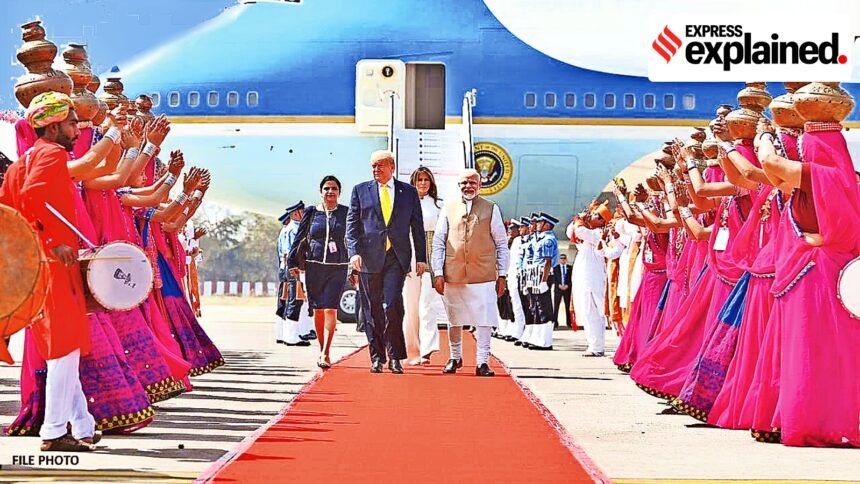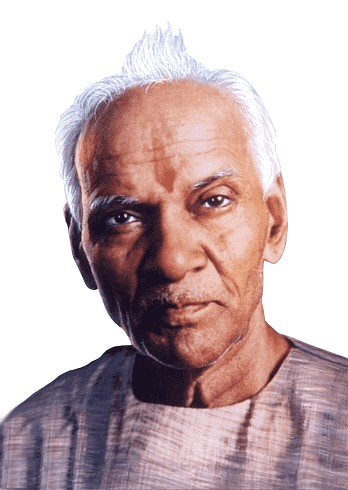During Donald Trump’s first presidential term from 2017 to 2021, India grew from a strategic partner to an indispensable partner of the United States. All more intimate.
With Trump set to return to the White House, here’s what New Delhi sees as Trump 1.0.
Defense, counter-terrorism and energy cooperation
In June 2017, six months after Trump took office, Prime Minister Modi visited the White House. At the meeting, Trump promised Modi that he would visit India during his term in office – three years later, he addressed thousands at the new Narendra Modi Stadium in Ahmedabad This promise was fulfilled.
The two met several times between 2017 and 2020. The United States supported the United Nations Security Council’s designation of Jaish-e-Mohammed chief Masood Azhar as a global terrorist following the 2019 Pulwama attack, and the 2018 Financial Action Task Force (FATF) inclusion of Pakistan on the gray list.
India’s defense procurement from the United States climbed to $18 billion annually in 2019 as India was elevated to the Strategic Trade Authorization (STA) Tier 1 licensing exception. This has significantly opened up high-level U.S. defense technology to India—a far cry from the technology denial system of the past—improved the country’s military preparedness and diversified its defense procurement.

The impact of this increased cooperation was evident in how smoothly New Delhi and Washington shared intelligence during the Galwan Valley skirmish between India and China in April-May 2020.
The energy field is another area where India-US relations developed during Trump 1.0. During Trump’s presidency, the Bilateral Strategic Energy Partnership was launched in April 2018, and India began importing crude oil and liquefied natural gas from the United States. In just two years, this import value is estimated to have increased from zero to $6.7 billion, making the United States the sixth largest source of hydrocarbon imports to India.
Some challenges and major controversies
That said, things didn’t exactly go smoothly. The energy partnership was signed because Trump effectively forced India to stop buying oil from Iran – a classic Trumpian “red line” that he would not budge.
Another grievance Trump has with India is the tariff system. Although the United States has become India’s largest trading partner and bilateral trade in goods and services grew by more than 10% annually to $142 billion between 2016-18, Trump has always wanted India to provide better tariffs and a system for doing business in India More predictable.
Trump’s attitude toward immigration — even the movement of skilled H1-B visa holders — is another sore point in the bilateral relationship.
But perhaps the biggest dispute between India and the United States under Trump occurred when the president offered to mediate between New Delhi and Islamabad on the Kashmir issue – something that had long been “unfeasible” for Indians. He previously sought to subtly articulate his critical stance on Pakistan, which mediates between the United States and the Taliban, ahead of the U.S. withdrawal from Afghanistan.
However, Trump even said that Modi “asked him” to mediate between India and Pakistan, but quickly returned to the official US position that Washington would only be willing to mediate if both sides were willing.
China is a common rival and strategic threat
Donald Trump’s most important contribution is to firmly establish China as a strategic threat and competitor. This became the strategic glue for India-US relations during his tenure. Trump not only restored the Quad grouping of India, the United States, Australia and Japan, but also formulated a strategy to counter China’s aggressive behavior in the Indo-Pacific region.
Trump has also taken a non-commentary stance on India’s human rights record, a move New Delhi appreciates.

